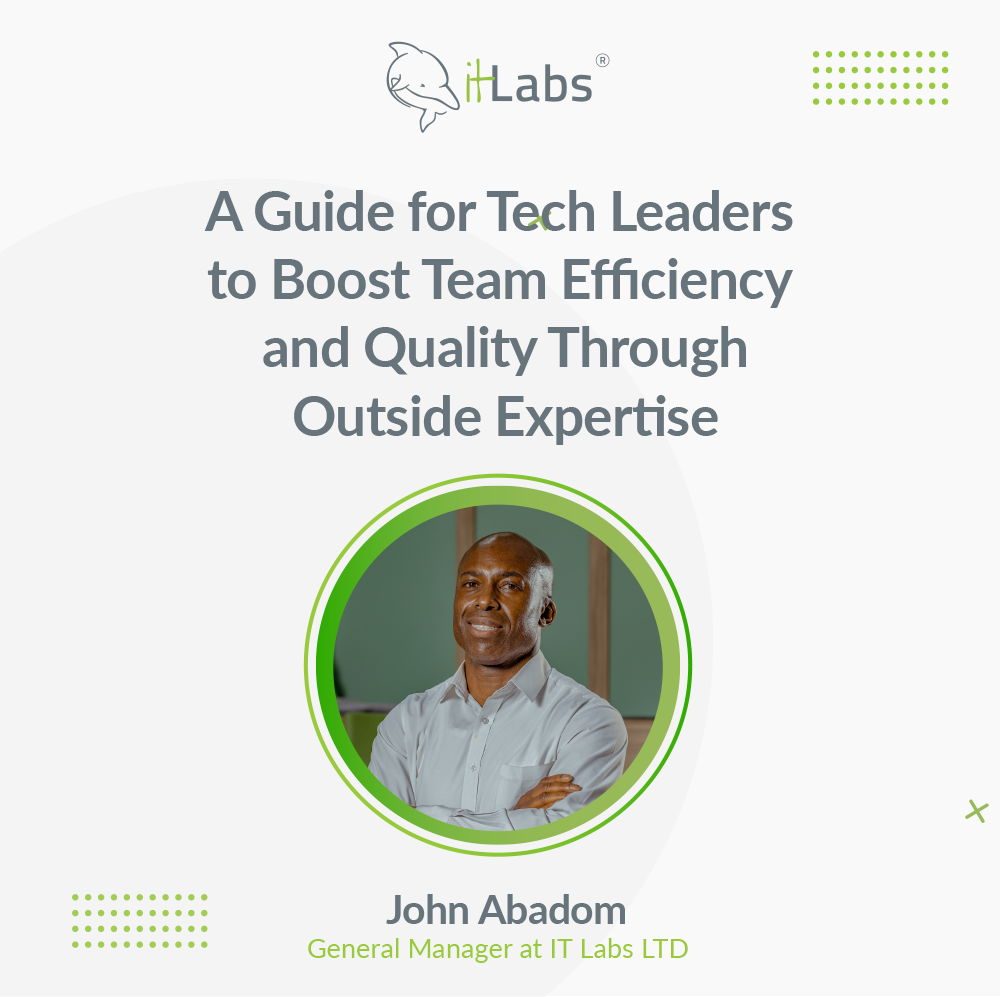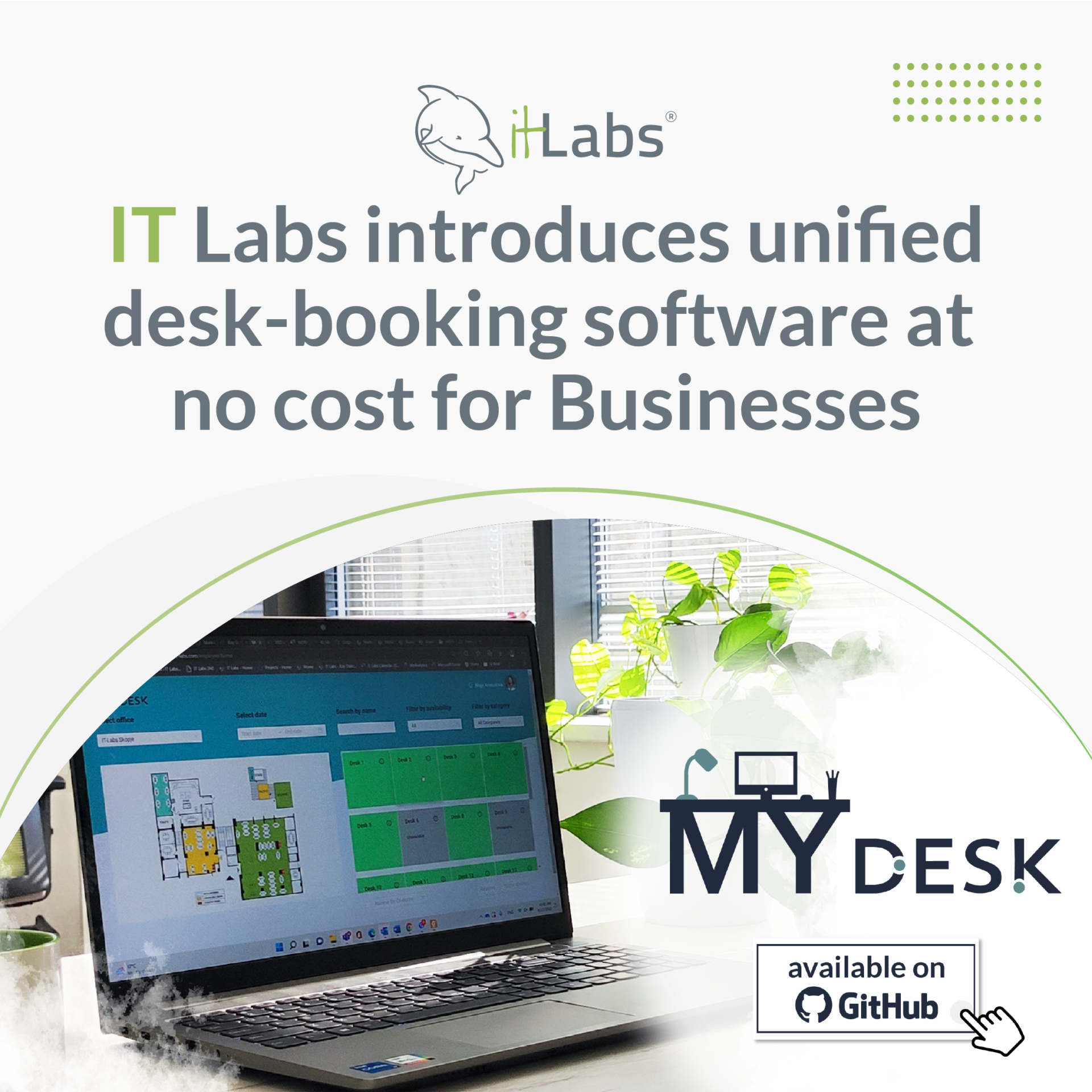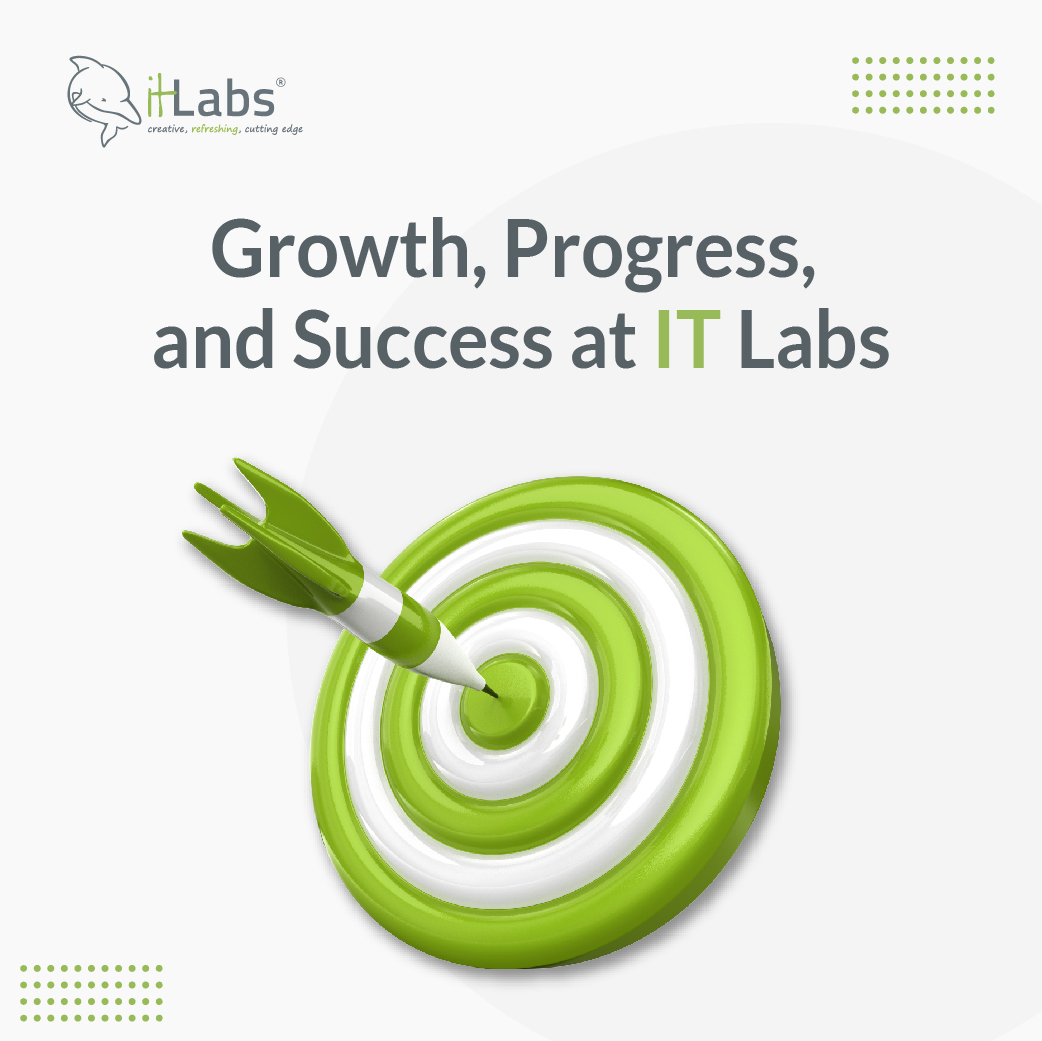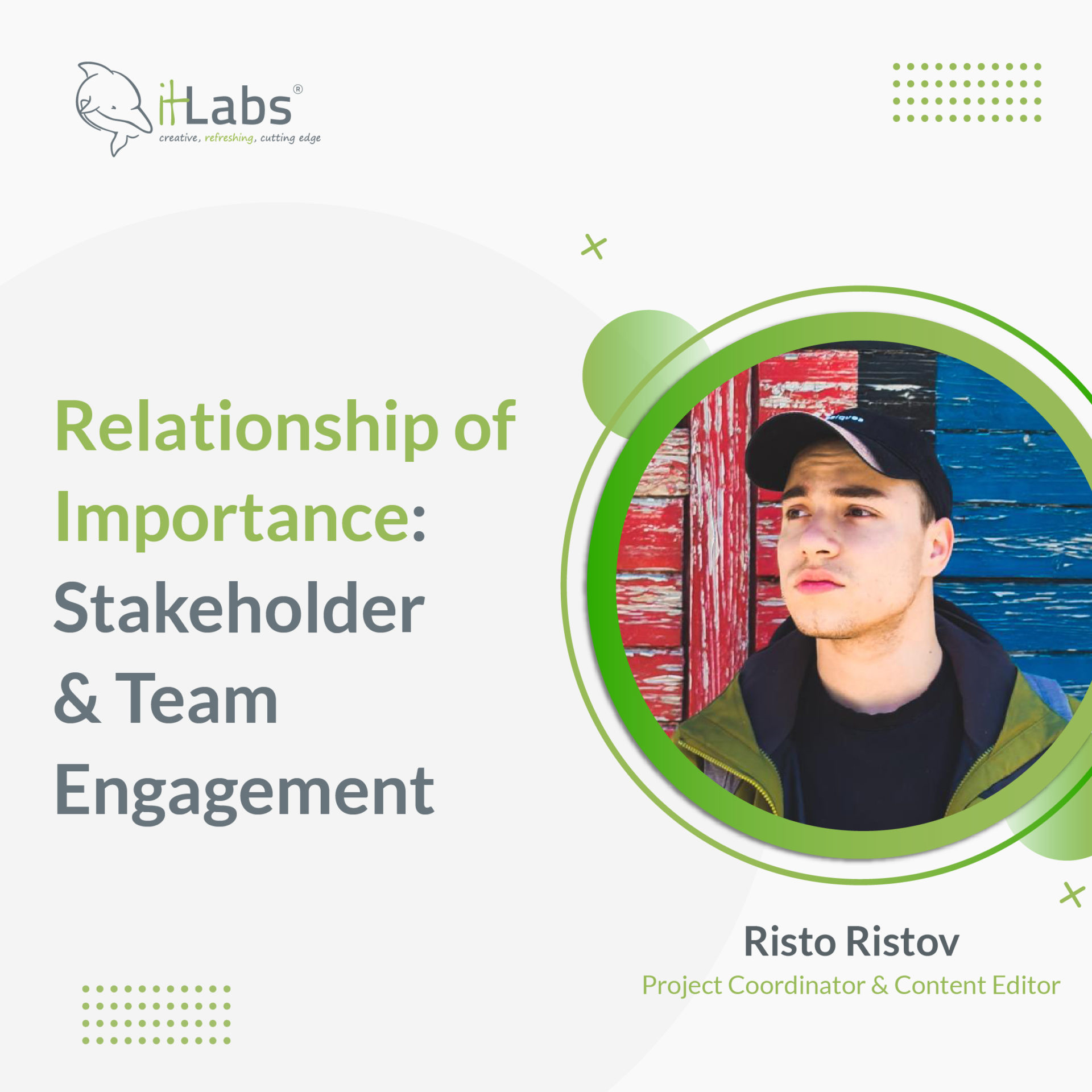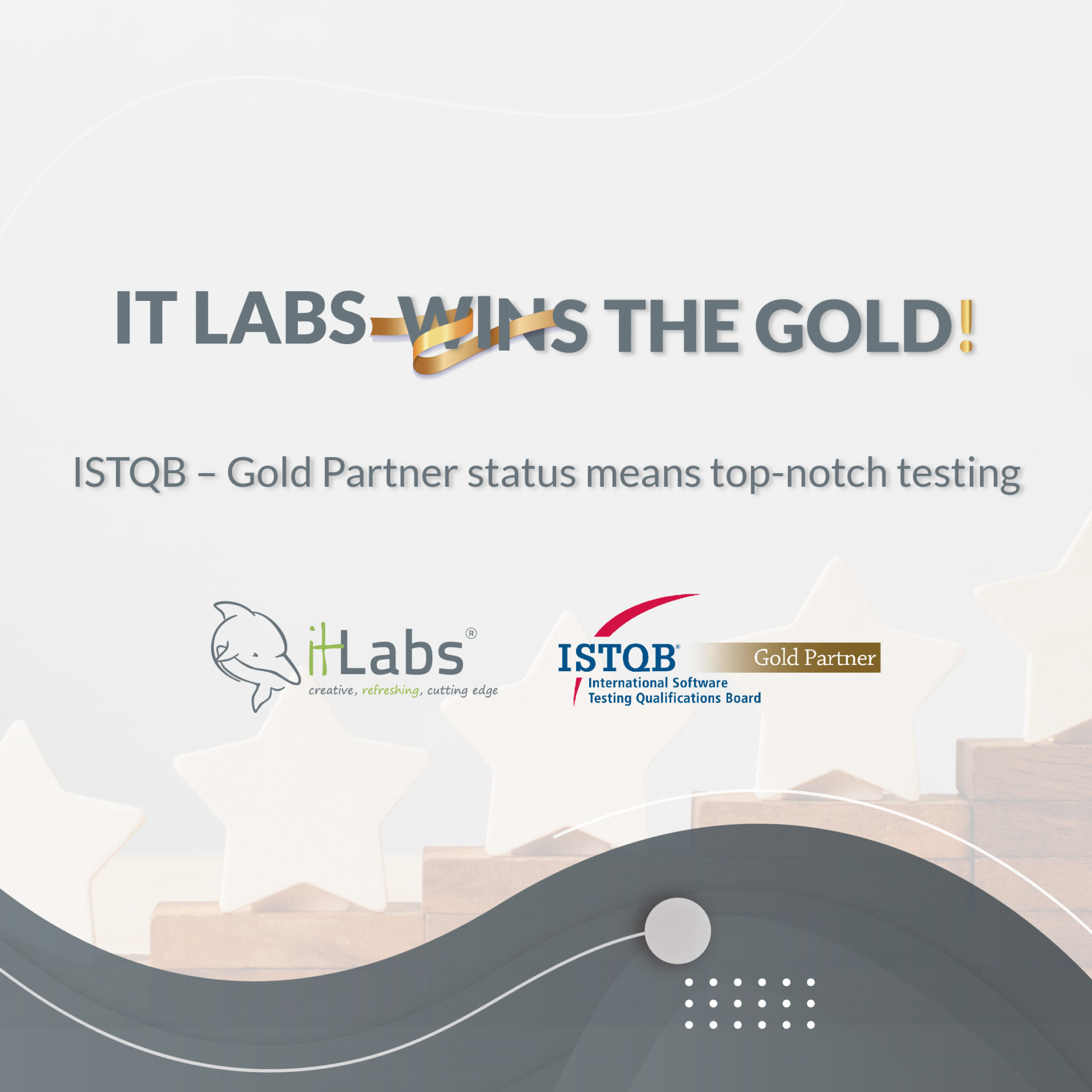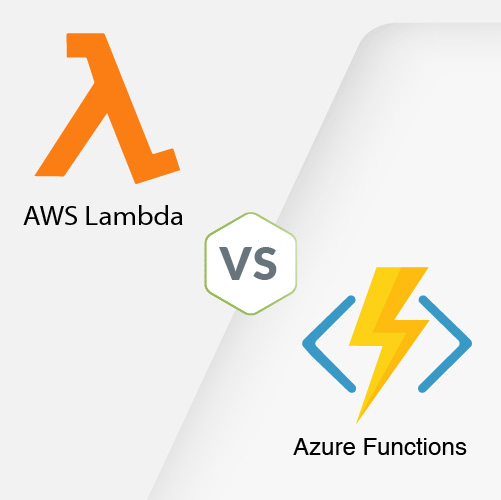Data migration is a critical process involving the transfer or relocation of data from one system, format, or storage location to another. This relocation may occur due to various reasons such as system upgrades, software migrations, implementing new software solutions, platform consolidations, or data center relocations.
Data migration ensures that data is seamlessly transferred while maintaining its integrity, consistency, and accessibility. It involves extracting data from the source system, transforming it as necessary, and loading it into the target system to minimize disruptions to business operations.
However, data migration can be complex, and errors during this process can lead to data loss, corruption, or inconsistencies. To ensure a smooth transition, rigorous testing procedures must be implemented. In this article, we’ll explore strategies and best practices for testing data migration from one system to another.

Understanding the Scope
Before embarking on the data migration process, it’s imperative to have a clear understanding of its scope. This involves:
- Identifying Data Types: Categorize the data types that need to be migrated.
- Determining Specific Data Elements: Define the specific data subsets, including tables, columns, and fields, that will be involved in migration. This ensures precision and accuracy in the migration process.
- Defining Source and Target Systems: Clearly identify the source system(s) from which data will be extracted and the target system(s) to which it will be migrated. This delineation helps orchestrate the migration flow efficiently.
- Specifying Transformations and Mappings: Outline any necessary transformations or mappings required to convert data from the source format to the target format. This step ensures data compatibility and integrity during migration.
- Articulating Overall Objectives: Clearly articulate the overarching objectives of the migration project. This includes defining desired outcomes, such as system upgrades, data consolidation, platform migrations, and establishing success criteria. These objectives serve as guiding principles for devising an effective testing strategy.
Understanding the Data
It is crucial to understand the data for migration and the data type before proceeding with the migration process. This foundational step ensures a smooth transition and helps anticipate and mitigate potential challenges that may arise during the migration process. This involves:
- Understanding Data Structure: Gain a comprehensive understanding of the data’s structure, format, relationships, and dependencies. This includes analyzing database schemas, data models, and data dictionaries.
- Conducting Data Audit: Perform a thorough data audit to identify potential challenges or anomalies that may arise during the migration process. This involves assessing data quality, integrity, and completeness to mitigate risks effectively.
Analyzing Requirements and Data Mapping Before Migration
Before initiating the migration process, thorough requirements analysis and meticulous data mapping are indispensable. Understanding the specific needs and goals of the project that will be migrated ensures alignment with organizational objectives and minimizes potential disruptions. This involves:
- Requirements Analysis: Thoroughly analyze the requirements for the migration process, considering factors such as data volume, complexity, and business objectives.
- Data Assessment: Assess the current state of the data before migration, whether stored in files or databases. Understand its format, quality, and integrity.
- Destination Definition: Define the type and structure of the destination (database/file) where the data will be migrated. This includes determining database schemas or file formats.
- Table and Column Definition: Establish proper tables and columns in the destination to accommodate the migrated data. Ensure alignment with the data model and schema requirements.
- Data Mapping: Ensure proper data mapping between the source and target systems.
- Mapping Definition: Define mappings for each element/field, specifying data types and field attributes (mandatory or optional). This ensures accurate and consistent data transfer.
- Source Data Analysis: Analyze data in the source system to identify any issues such as duplicates, missing values, or inconsistencies. Addressing these issues early mitigates risks during migration.


Migration to New or Existing Systems
Choosing whether to migrate data to a new or existing system is a pivotal decision impacting the migration strategy and data coherence. This process involves aligning new data seamlessly with existing datasets and maintaining consistency and integrity across systems. This involves:
- System Determination: Determine whether the migration involves transferring data to a new or existing system. This decision influences the migration strategy and data alignment process.
- Data Alignment with Existing System: When migrating to an existing system, align new data with the existing data in the target system.
- Consistency and Integrity: Ensure consistency and integrity between the migrated data and the data already present in the target system. Conduct thorough validation and reconciliation to identify and resolve any discrepancies.
Ensuring Data Quality and Integrity
Maintaining high data quality and integrity is essential to ensure successful data migration. This involves:
- Thorough data cleansing to remove inaccuracies and duplications.
- Data validation to ensure correctness and consistency.
- Regular data audits to continuously assess data quality.
By addressing these aspects, businesses can mitigate the risk of migrating poor-quality data, which could lead to decision-making errors and operational inefficiencies in the new system.
Risk Assessment and Mitigation
In migration testing, systematically assessing potential risks and challenges is vital. This includes:
- Identifying various risks associated with migration, such as data loss, corruption, security breaches, and performance issues.
- Prioritizing risks based on likelihood and potential impact.
- Developing robust mitigation strategies and contingency plans, including backup and recovery mechanisms, data validation, security measures, performance optimization, and clear rollback procedures.
By prioritizing potential risks and having contingency plans in place, organizations can ensure a smoother migration process and contribute to project success.
Addressing System Compatibility
A key challenge in data migration is ensuring compatibility between old and new systems. This involves:
- Assessing compatibility and employing data transformation tools to adapt data to the new system’s requirements.
- Converting data into different formats, restructuring databases, or customizing software solutions to bridge functionality gaps.
Ensuring seamless data integration and functionality in the new environment.
Data Backup and Recovery Strategies
Creating backups is essential to safeguard against data loss during migration. This includes:
- Regular data backups before and during migration.
- Establishing effective recovery mechanisms to restore data quickly in case of disruptions or integrity issues.
These strategies minimize the risk of data loss and ensure business continuity during migration.
Collaboration with Stakeholders
Establish clear communication channels and reporting mechanisms to keep stakeholders informed throughout the migration process. Moreover, effective communication and collaboration with stakeholders are vital throughout the testing process.
Involve business users, data owners, IT teams, and other relevant stakeholders to gather feedback, validate requirements, and prioritize testing efforts. Keep stakeholders informed about testing progress, results, and any identified risks or issues.
By collaborating closely with stakeholders, you can ensure that their requirements are met, risks are addressed proactively, and the migration process progresses smoothly.
Data Migration Plan
Creating a data migration plan ensures a smooth and successful migration. This plan should encompass all aspects related to the migration process. Key strategies include:
Testing Plan Development
- Develop a comprehensive testing plan to validate the data migration process thoroughly.
- Define the objectives, scope, and approach of the testing plan.
- Define success criteria based on factors such as: data accuracy, completeness, consistency, and performance.
- Specify the testing methodologies, techniques, and tools to be used.
- Determine the timeline and milestones for testing activities.
Migration Flow Definition
- Define the entire flow for the migration, detailing all necessary steps for execution.
- Ensure alignment with business requirements and project timelines.
Test Data and Test Cases
- Before initiating the migration process, it’s crucial to prepare test data to analyze the data’s appearance and ensure the proper data is migrated. If sensitive data is involved, it should be encrypted or obfuscated prior to migration, either in full or in specific columns.
- Define testing scenarios and test cases covering all aspects of the migration process, various scenarios, and edge cases.
- Include scenarios for data extraction, transformation, loading into the target system, and validation of migrated data.
- Identify both positive and negative test cases to validate different migration scenarios.
- Prepare test cases ahead of migration, outlining the complete migration flow with all necessary steps and including proper data mapping.
- Specify expected outcomes and acceptance criteria for each test case.
Testing Environment Specification
- Specify the testing environments required for conducting tests.
- Ensure that the testing environment mirrors the production environment as closely as possible.
- Identify any necessary testing tools and resources required for executing tests effectively.
Responsibility Assignment
- Assign responsibilities for executing tests and resolving any issues or discrepancies identified during testing.
- Define roles and responsibilities for each team member involved in the testing process.
- Establish clear communication channels and escalation procedures for addressing issues promptly.
- Provide training and support to team members to ensure effective test execution and problem resolution.

Migration Execution
After completing all preparations, transfer data from the source to the target system. This phase must be meticulously executed to preserve data integrity and adhere to the established plan. During this phase, data is transformed and adapted to fit the new system's requirements.
Testing and Validation
Once all preparations are complete, proceed with the migration according to the established plan. As the migration is executed, testing procedures can commence. Tailor the testing approach to suit the unique requirements of the product undergoing migration. The main goal is to ensure the integrity, accuracy, and functionality of the migrated data and the system.
Data Accuracy Testing
To ensure the accuracy of migrated data, it’s imperative to compare it meticulously with the source data. Conduct data reconciliation to verify the successful migration of all records and eliminate any discrepancies between the source and target systems. Employ data profiling and statistical analysis techniques to detect outliers or anomalies in the migrated data.
When validating migrated data, it’s essential to check several aspects:
- Verify that the data is migrated to the correct location, including the appropriate tables and columns.
- Inspect the accuracy of data values post-migration.
- Validate the count of migrated data to ensure completeness.
- Confirm that data types are preserved during migration.
- For long values, ensure that the complete data is migrated without truncation.
- Check for the accurate migration of special characters, spaces, and cases (uppercase/lowercase).
Data quality validation plays a crucial role in ensuring that migrated data meets predefined quality standards. Implement robust data quality checks to identify duplicates, inconsistencies, missing values, and outliers. Establish clear data quality metrics and thresholds to gauge the migration process’s success accurately.
Unit Testing
Begin the testing process with unit testing, where individual components of the migration process are tested in isolation. This includes testing data extraction, transformation, and loading processes. Unit testing helps identify and resolve issues early in the migration process.
Integration Testing
Once individual components have been tested, integration testing should be conducted to ensure the entire migration process works seamlessly. Test end-to-end data flows, including data validation, error handling, and rollback procedures. Integration testing helps identify any issues that may arise when different components interact with each other.
Functional Testing
Functional testing verifies that the migrated data behaves as expected in the new system. This involves validating data integrity, accuracy, completeness, and consistency. Execute test cases to ensure that data mappings are correctly applied, data types are preserved, and referential integrity is maintained. Verify that calculations, aggregations, and business logic applied to the data produce accurate results. If the migrated data will be used for functions and features of the system, the functional testing should be included, the completed test scenarios of that feature should be checked and should be included in the functional testing, to be confirmed how the system works with migrated data.
UI Testing
If the migrated data are displayed on the UI, UI testing should be included. The data should be checked at each place in the system and assessed for responsiveness and compatibility with various browsers and devices.
Performance Testing and Scalability
Performance testing evaluates the speed and efficiency of the data migration process. Measure the time taken to migrate data sets of varying sizes and complexities. Assess system resources utilization during migration to identify any bottlenecks or performance issues. Stress testing can also be performed to determine the system’s capacity limits and scalability under heavy loads. Test the migration with varying data volumes, concurrency levels, and workload patterns to ensure that it meets performance requirements. Monitor key performance indicators such as data transfer rates, processing times, and resource utilization.
Security Testing
Security testing plays a crucial role in safeguarding migrated data from potential vulnerabilities and breaches. Evaluate access controls, user permissions, encryption measures, data transmission methods, and data masking techniques to identify and remediate any weaknesses or gaps in the security measures.
Regression Testing
Regression testing ensures that the data migration process does not adversely affect existing functionalities. Execute regression test suits to validate system behavior post-migration. Verify that all functionalities, reports, and workflows dependent on the migrated data continue to operate as expected. Address any issues or discrepancies discovered during regression testing promptly.
Accessibility Testing
If the system has implemented accessibility standards for people with disabilities, it’s essential to include accessibility testing in the migration process. Check how the migrated data are incorporated into the system’s accessibility. Ensure that all migrated data, including text, images, forms, and multimedia content, are accessible to users with disabilities.
Document Test Results
It’s crucial to document the entire migration process comprehensively to ensure accountability and facilitate future reference. This documentation should encompass the migration plan, test results, encountered issues, and the corresponding resolutions. Post-migration validation is essential to confirm that the target system operates as expected and meets predefined success criteria.
The detailed document outlining test results post-migration should compare the state of data before and after migration. For systems with extensive data migration, it’s imperative to verify that the sum of data before and after migration remains consistent. Additionally, multiple samples of specific data, covering each column and data type, should be scrutinized, and compared.
Maintaining thorough documentation of test cases, test data, execution logs, and defect reports is vital for traceability and audit purposes. This documentation serves as a valuable resource for future data migration initiatives, enabling teams to learn from past experiences and implement best practices effectively.
Conclusion
Testing data migration from one system to another is a critical step in ensuring a successful transition without compromising data integrity or system functionality. By following systematic testing approaches and best practices outlined in this article, organizations can mitigate risks, optimize performance, and achieve seamless data migration outcomes. Effective testing validates the migration process’s reliability and instills stakeholders’ confidence in the new system’s capabilities.














































